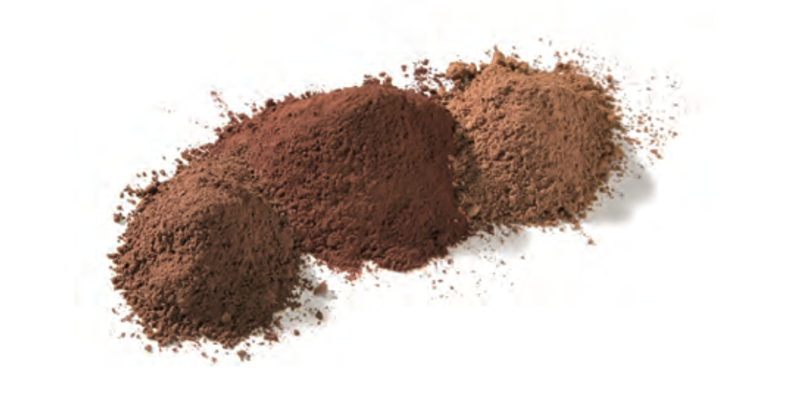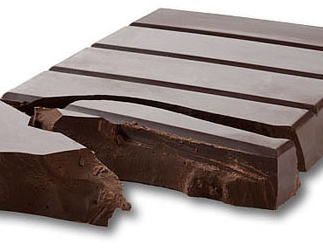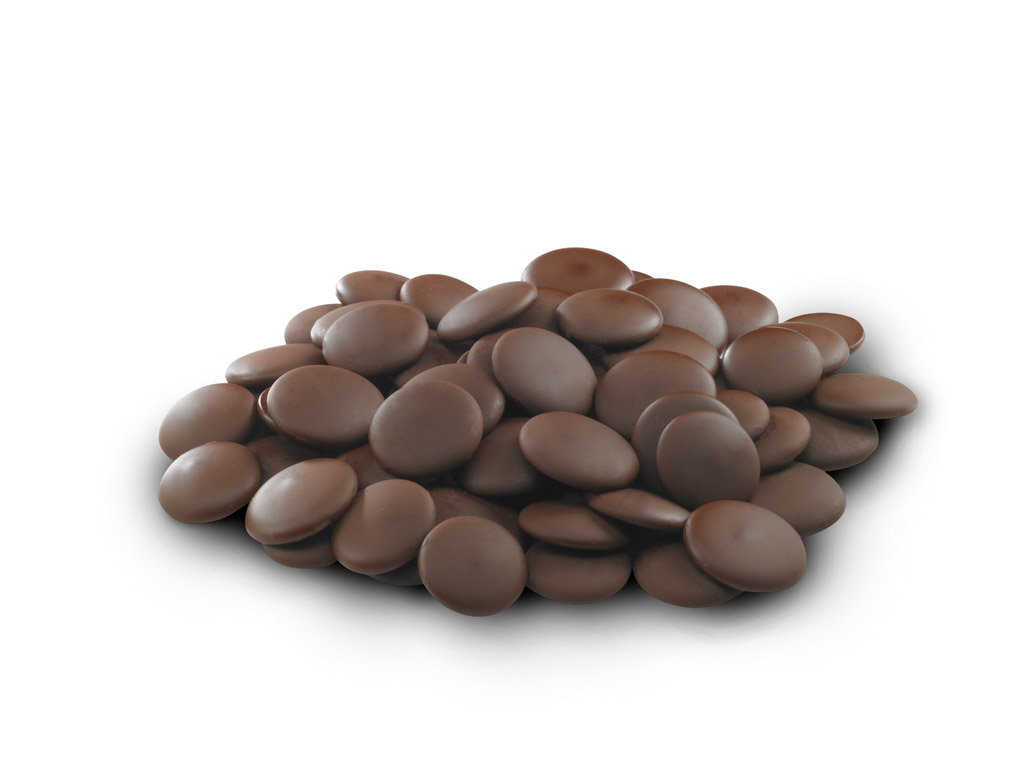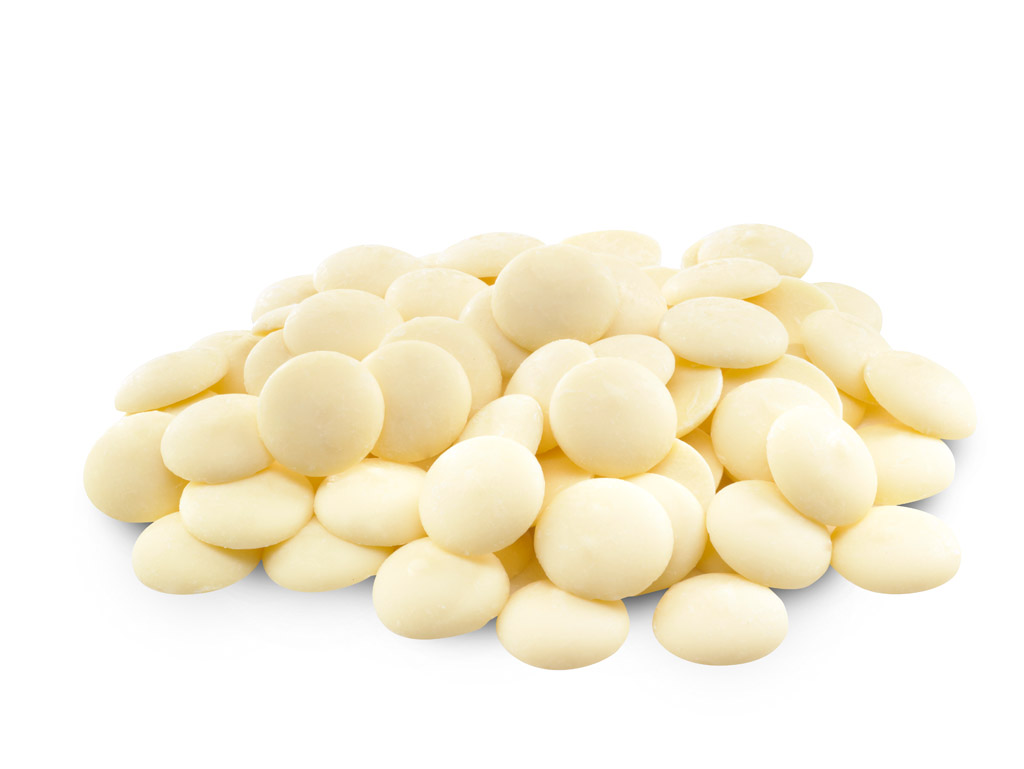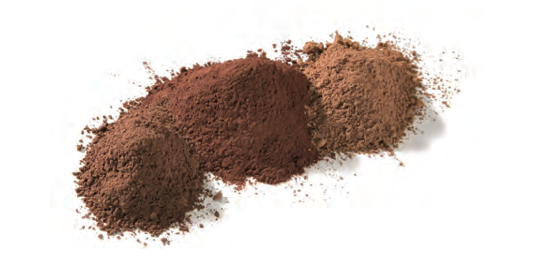In order to be labeled correctly, chocolate in the US must adhere to regulations established by the FDA. These rules differentiate between different products that contain cacao and specify what can be sold legally as chocolate. To ensure accurate and transparent product labeling, it is essential for manufacturers of chocolate, chocolate products, and foods to be familiar with these standards.
We at Santa Barbara Chocolate have scoured the globe for authentic cocoa that satisfies FDA standards. With these guidelines in mind, we are able to supply businesses and chocolate enthusiasts with consistently high-quality ingredients.
Why Chocolate Definitions Matter?
Chocolate is more than just a sweet treat—it’s a legally defined product. In the United States, food must meet certain compositional criteria in order to be labeled and sold as chocolate. These definitions protect consumers and support clarity in product manufacturing.
For example, a bar that doesn't contain enough cocoa solids or cocoa butter cannot legally be called "milk chocolate" or "white chocolate" in the U.S. market. This kind of transparency helps customers make informed choices and ensures that product quality meets a recognized baseline.
Overview of Standardized Cacao Products
The FDA publishes specific requirements for several standardized cacao products, including:
- Chocolate Liquor
- Milk Chocolate
- White Chocolate
- Cocoa Powder
Based on the percentages of ingredients and additives that are allowed, each has its own set of rules. Federal Register (CFR) Title 21 has more information on these rules, and companies that make chocolate for sale must follow them.
Let’s take a closer look at how the FDA defines each of these products.
What Is Chocolate Liquor?
Despite its name, chocolate liquor does not contain alcohol. It is made by grinding the roasted cocoa bean's center (nib) into a smooth, thick liquid. This paste-like substance, which contains both cocoa solids and cocoa butter, serves as the foundation for a variety of chocolates, including dark, milk, and white.
After that, chocolate liquor can be broken down into cocoa powder and cocoa butter, or it can be used as is to make chocolate bars and coatings.
FDA guidelines specify that chocolate liquor must be derived directly from the cacao bean with no added ingredients unless otherwise stated in a final product formulation.
What Qualifies as Milk Chocolate?
According to the FDA, milk chocolate must include:
- At least 10% chocolate liquor
- At least 12% milk solids
- No other fats are permitted; only cocoa butter and milk fat are allowed.
This type of chocolate is widely used in candies, baking, and desserts. Because of its creamier and sweeter profile, milk chocolate remains one of the most commonly consumed types in the United States. The strict regulation on fat sources ensures a consistent texture and taste across all milk chocolate products.
Any deviation from these minimums results in a product that cannot legally be labeled as milk chocolate in the U.S., even if it resembles it in taste or appearance.
What Makes White Chocolate Official?
The lack of cocoa solids in white chocolate is a point of contention among chocolate purists. A standardized cacao product, however, is one that satisfies the following criteria as laid out by the FDA:
- At least 20% cocoa butter
- At least 14% milk solids
- No more than 55% sugar
White chocolate gets its creamy color and smooth texture from cocoa butter, not the dark solids found in traditional chocolate liquor. This gives it a more delicate flavor profile, which makes it popular in baking and as a coating for confections.
It's important to know that FDA rules say products that don't contain cocoa butter or use different fats can't legally be called white chocolate.
Understanding Cocoa Powder
Chocolate powder is the dry byproduct that remains after cocoa butter is extracted from chocolate liquor. Cocoa powder is a dried byproduct. According to the Food and Drug Administration (FDA), cocoa powder is defined as cacao nibs that have been ground and pressed in order to remove the majority of the fat (cocoa butter). The produced substance is flavorful and has a dry and powdery texture, and it is commonly used in baking and hot chocolate recipes.
There are two main types of cocoa powder:
- Natural cocoa powder: acidic and used with baking soda
- Dutch-processed cocoa powder: alkalized for a smoother taste and darker color
Both types must be made directly from the cacao bean and contain no added fats or artificial ingredients to meet FDA labeling requirements.
Additional Considerations for Chocolate Labeling
Beyond these main categories, the FDA outlines standards for several other products, including:
- Sweet chocolate (contains more sweeteners than semi-sweet)
- Bittersweet and semisweet chocolate (must have at least 35% chocolate liquor)
- Cacao nibs (roasted and crushed cocoa beans without added ingredients)
Verified claims must be made by chocolate producers. Mislabeling or substituting non-permitted fats or fillers can trigger fines and consumer confusion.
All Santa Barbara Chocolate products meet or exceed FDA standards by using well-sourced ingredients that comply with these guidelines.
How These Definitions Affect Chocolate Manufacturing?
For chocolatiers and food brands, these definitions provide more than legal compliance—they set a baseline of consistency. Formulas and recipes are made with precise proportions of milk solids, cocoa butter, and chocolate liquor. The FDA ensures consistency in flavor and texture with every batch by preventing labeling issues and meeting retailer requirements.
It also means customers receive products that meet expectations for taste, texture, and quality. There are many kinds of chocolate on the market, so standard labels help people understand and trust the products they choose.
A Reliable Guide for Chocolate Quality
Knowing the FDA’s chocolate definitions helps consumers and producers alike understand what’s in their chocolate and how it qualifies for specific labels. From chocolate liquor to cocoa powder, each product has a clearly defined composition, and those standards are what help differentiate authentic chocolate from imitation alternatives.
If you're making sweets, snacks, or desserts, using chocolate that meets these standards, like the chocolate from Santa Barbara Chocolate, will make sure that you start with a base that supports quality and consistency.
Whether you're in professional food production or simply curious about what's in your favorite chocolate bar, having a basic understanding of how chocolate is defined by U.S. regulators helps make sense of what you’re buying and using.

